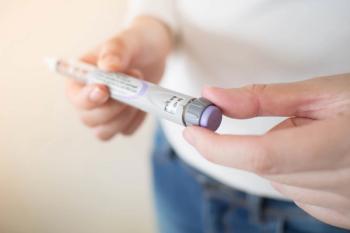
Collaborative model enables wider distribution of naloxone
It’s been more than four decades since FDA approved naloxone, which can restore breathing in people overdosing on opiate drugs such oxycodone, hydrocodone, and heroin.
It’s been more than four decades since FDA approved naloxone, which can restore breathing in people overdosing on opiate drugs such oxycodone, hydrocodone, and heroin.
Recently, with the surge of opiate overdoses nationwide, states have scrambled to make the drug more widely available to police, first responders, and the families of drug abusers. However, pharmacists in most states cannot dispense the potentially life-saving drug without a prescription.
Rhode Island has created a successful model that allows anyone to obtain a naloxone kit and training from designated community pharmacies without a prescription. Other states are studying Rhode Island’s collaborative practice model.
"It's [the model] been used worldwide-there's people in Australia who've done it," Jeffrey Bratberg, a University of Rhode Island Clinical Associate Professor of Pharmacy,
The Rhode Island program began in 2012 as a pilot project at four Walgreens pharmacies. Last year, it expanded last to all Walgreens pharmacies throughout the state.
It allows anyone to go to any Walgreens pharmacy in Rhode Island and obtain a naloxone kit. Nearly 80 Walgreens pharmacists in Rhode Island have completed an online training module for naloxone dispensing and signed the collaborative practice agreement overseen by Miriam Hospital physician Josiah Rich, who authorizes the prescriptions in advance.
The online training module, developed by a student at the University of Rhode Island College of Pharmacy, can be completed for continuing education credits through the university.
Bratberg said: "The ultimate goal is to have the public, everyone, asking [for naloxone]; for the prescriber to say, 'Do you want naloxone with that?' and write a prescription; and the pharmacist to say, 'Do you want naloxone with that?' and either initiate a prescription or ask the prescriber for one; or have the patient say, 'I'm really worried about how many opioids my family member is on-I'd like to have naloxone in my house and be trained on it.'"
Newsletter
Pharmacy practice is always changing. Stay ahead of the curve with the Drug Topics newsletter and get the latest drug information, industry trends, and patient care tips.























































































































